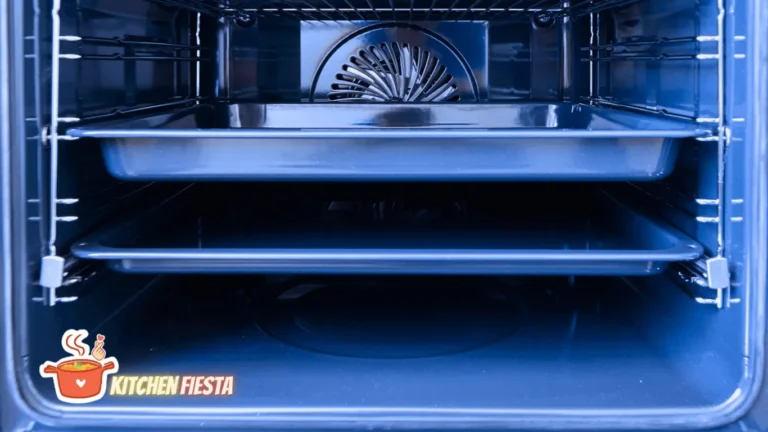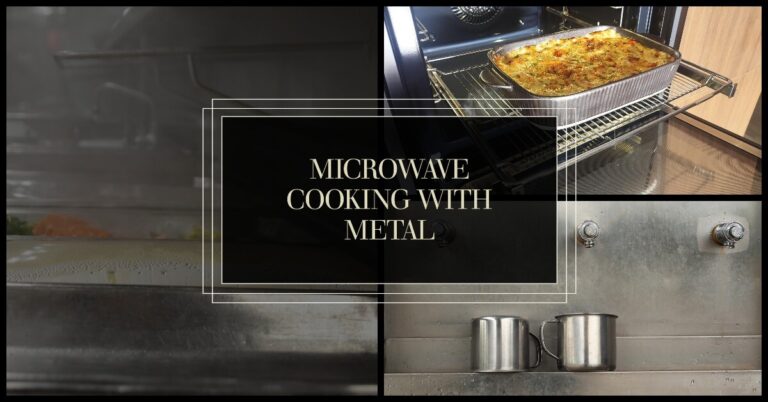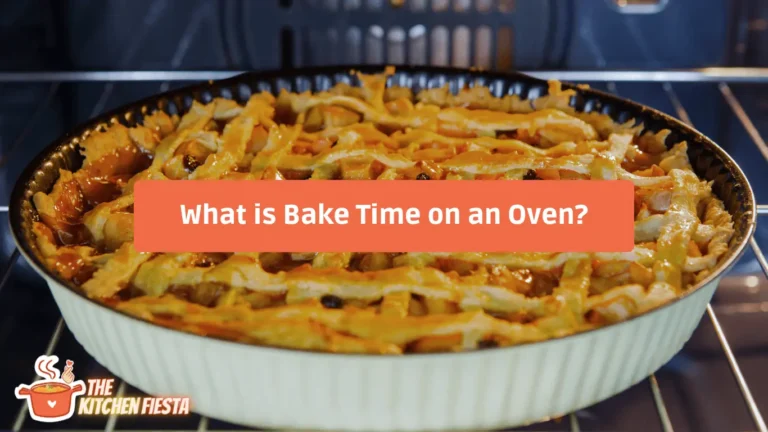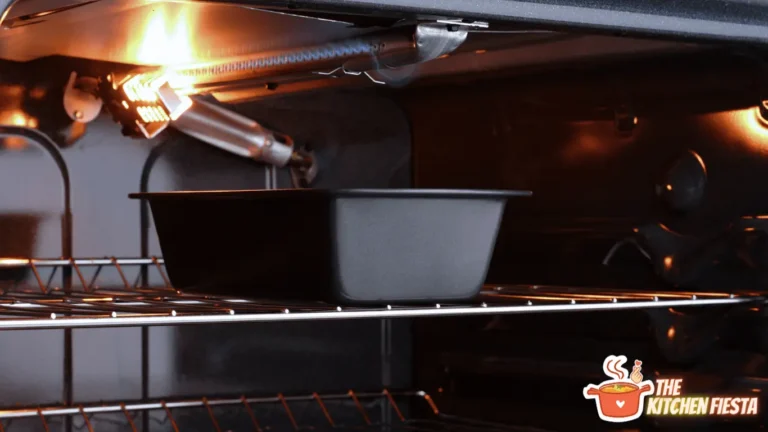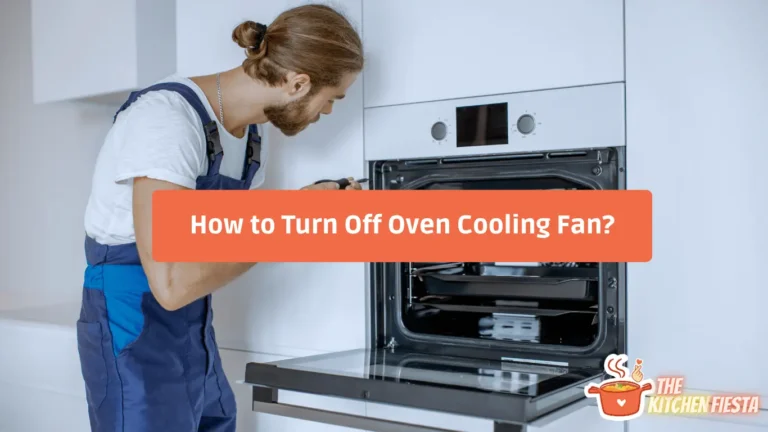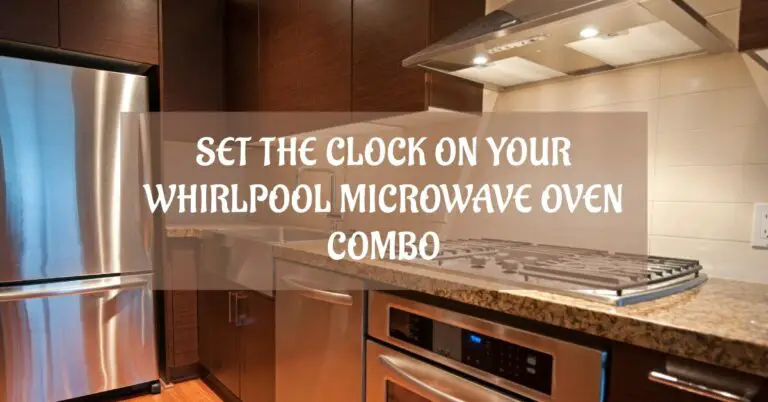Why Do They Call It Oven? The Origin and Meaning Behind the Name

The internet is a breeding ground for memes and viral content, and one of the most popular memes to emerge in recent years is the “Why Do They Call It Oven?” meme. This nonsensical phrase has taken on a life of its own, with countless variations and interpretations popping up across social media platforms.
At its core, the “Why Do They Call It Oven?” meme is a play on words that pokes fun at the English language’s idiosyncrasies. The phrase itself is a stupid question that makes no logical sense. Yet, it has managed to capture the imagination of millions of people worldwide. Some have even gone so far as to create elaborate backstories and explanations for the meme, adding to its mystique and appeal.
Despite its absurdity, the “Why Do They Call It Oven?” meme has become a cultural touchstone that speaks to the power of the internet to create and spread viral content. Whether you find it hilarious or confusing, there’s no denying that this meme has captured the attention of people around the world and become a part of our cultural lexicon.
Reasons Why Do They Call It Oven?
There are several reasons why we call it an oven today. Here are some of the main ones:
1. Historical Origins:
The word “oven” has been used for cooking devices for thousands of years. In ancient times, ovens were typically made of clay or brick and were used for baking bread, roasting meat, and cooking. These ovens were called “furnus” in Latin and “four” in French. As the technology for cooking devices evolved, so did the word “oven.”
You can read detailed history about ovens here.
2. Etymology of the Word:
The word “oven” comes from the Latin word “furnus,” which means “oven” or “furnace.” The word was used to describe various cooking devices throughout history, including open fires, clay ovens, and modern electric or gas ovens.
3. The Function of the Device:
An oven is a device used for cooking food by heating it with dry heat. Unlike a stove, which uses direct heat to cook food on a surface, an oven surrounds the food with heat. This allows for even cooking and can be used for baking, roasting, broiling, and more.
4. Common Usage:
Over time, the word “oven” has become the standard term for any cooking device that uses dry heat to cook food. This includes traditional ovens, toaster ovens, convection ovens, and more.
5. Linguistic Evolution:
The English language, like all languages, evolves. Words take on new meanings, and old meanings can become obsolete. The word “oven” has become the standard term for a cooking device that uses dry heat.
Evolution of Ovens
Earliest Ovens
The history of ovens dates back to ancient civilizations like the Greeks and Romans. The earliest ovens were made of clay or mud and heated by burning wood or charcoal. These ovens were used to cook bread and meat. The ancient Egyptians also used ovens made of mud or clay to bake bread.
As time passed, ovens became more advanced. The first written historical record of an oven being built refers to an oven built in 1490 in Alsace, France. This oven was made of brick and was heated by a wood fire. By the middle ages, taller brick-and-mortar hearths, often with chimneys, were being built. The food to be cooked was often placed in metal cauldrons hung above the fire.
Modern Ovens
Modern ovens have come a long way since their early predecessors. Today’s ovens are made of metal and are heated by gas or electricity. They come in various sizes and styles, from small countertop models to large, professional-grade ovens.
One of the most significant advancements in oven technology was the invention of the thermostat. This allowed for precise temperature control, making cooking a wide range of dishes easier. Another important development was the introduction of self-cleaning ovens, which use high temperatures to burn off food residue.
In recent years, ovens have become even more advanced with the introduction of smart ovens. These ovens can be controlled with a smartphone app, allowing you to monitor cooking progress and adjust temperature and cooking time from anywhere.
Types of Ovens
When it comes to cooking, ovens are an essential appliance in any kitchen. They come in different types and sizes, each with features and advantages.
1. Conventional Ovens
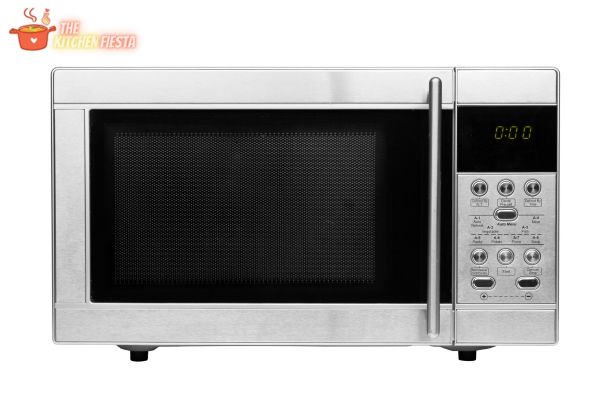
Conventional ovens are the most common type of oven found in homes. They work by heating the air inside the oven and circulating it around the food. They are ideal for baking, roasting, and broiling. Conventional ovens come in two types: gas and electric. Gas ovens use a flame to heat the oven, while electric ovens use heating elements.
One advantage of conventional ovens is that they are versatile and can cook many dishes. They are also great for cooking large meals and can accommodate multiple dishes at once. However, they take longer to preheat and cook than other ovens.
2. Microwave Ovens
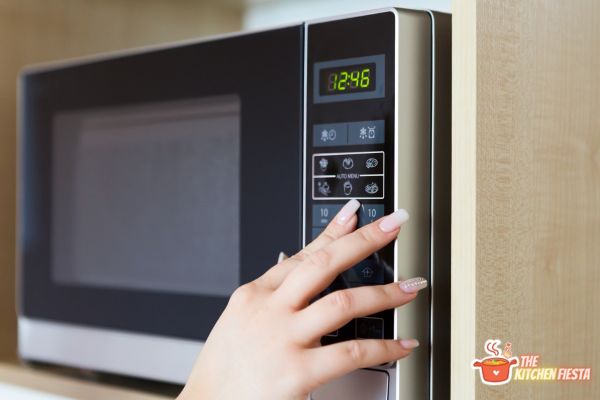
Microwave ovens use electromagnetic waves to heat food. They create friction between the water molecules in the food, generating heat. Microwave ovens are ideal for reheating leftovers, cooking frozen meals, and making popcorn. They are also great for cooking vegetables and fish.
One advantage of microwave ovens is that they are fast and efficient. They can cook food in a fraction of the time in a conventional oven. They are also easy to use and require minimal cleanup. However, they are unsuitable for cooking large meals or dishes requiring browning or crisping.
3. Toaster Ovens
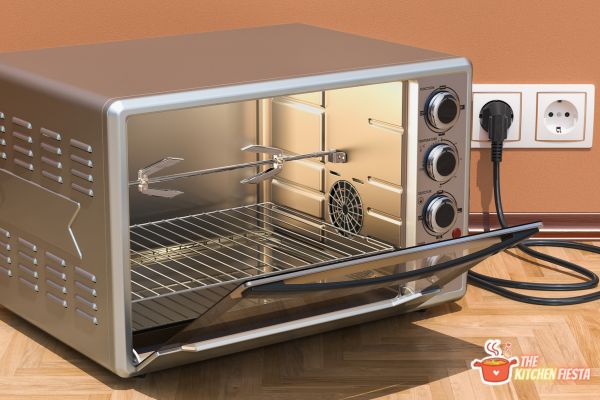
Toaster ovens are small, compact ovens ideal for small kitchens or cooking small portions of food. They work by using heating elements to cook food. Toaster ovens are great for toasting bread, making pizzas, and cooking small dishes.
One advantage of toaster ovens is that they are compact and take up less space than conventional ovens. They are also energy-efficient and can save on electricity costs. However, they are unsuitable for cooking large meals or dishes requiring precise temperature control.
How do Ovens Work?
Basic Principles
An oven is a kitchen appliance that uses dry heat to cook food. The basic principle behind an oven is to create a hot, enclosed chamber where food can be cooked. Ovens can be powered by gas or electricity and are controlled by a thermostat.
Either gas burners or an electric heating element creates the heat inside an oven. The heat is then distributed throughout the oven by convection, which is the movement of hot air. The hot air rises and circulates the food, cooking it evenly.
Temperature Control
Temperature control is an important aspect of oven operation. The thermostat controls the temperature inside the oven. Depending on the recipe, the temperature can be adjusted to cook food at different temperatures.
When using an oven, preheat it to the desired temperature before placing food inside. This ensures that the oven is at the correct temperature for cooking.
Ovens have different cooking modes, such as bake, broil, and convection. These modes allow for different types of cooking, such as baking, roasting, and grilling.
Common Oven Uses
The oven is an essential appliance in any kitchen when it comes to cooking. It allows you to cook various dishes, from baked goods to roasted meats and vegetables. In this section, we will explore some of the most common uses of the oven.
1. Baking
Baking is the most common use of the oven. It involves cooking food items using dry heat, usually around 350°F (175°C) or higher. Baking is typically used for cooking bread, cakes, cookies, and other baked goods.
When baking, preheat the oven to the desired temperature before placing the food inside. This helps ensure even cooking and prevents the food from sticking to the pan. Baking times can vary depending on the recipe and the size of the food item.
2. Roasting
Roasting is another popular use of the oven. It involves cooking food items using dry heat, usually at a higher temperature than baking. Roasting is typically used for cooking meats, poultry, and vegetables.
To ensure optimal flavor when roasting, applying a seasoning of salt, pepper, and any additional desired seasonings to the food item before it goes into the oven is crucial. The duration of the roasting process may differ based on the specific recipe and the size of the food item.
3. Broiling
Broiling is a cooking technique that involves exposing food items to direct heat from the oven’s broiler element. This is typically done at a high temperature for a short period. Broiling is typically used for cooking meats, fish, and vegetables.
To achieve optimal results when broiling food, it is recommended to position the food item on the uppermost oven rack directly beneath the broiler element. The time required for broiling may differ depending on factors such as the recipe and the food’s size.
Conclusion
In short, the term “oven” originated from the hot compartments used for cooking, and its popularity was further boosted during World War II. While the meme “Why Do They Call It Oven When You Of In The Cold Food Of Out Hot Eat The Food” has gained traction online, it’s important to appreciate the significance of the term in our culinary vocabulary. By understanding its history, we can better appreciate the role ovens play in creating delicious food, making them an integral part of our daily lives.
FAQs
What is the origin of the meme?
The “Why Do They Call It Oven?” meme originated as a nonsensical copypasta that went viral online. The phrase is a play on words, questioning the logic behind the name of an oven used to cook hot food. The meme gained popularity after an edited Garfield comic strip featuring Jon Arbuckle asking the same question was shared on social media.
Why did the meme become so popular?
The meme became popular due to its absurdity and the fact that it was so easy to share and spread on social media. The nonsensical nature of the question also made it a perfect fit for internet culture, where humor often relies on randomness and absurdity.
Is there any actual meaning behind the question?
While the question itself is nonsensical, it does raise an interesting point about the evolution of language and how words can take on different meanings over time. The word “oven” originally referred specifically to a baking furnace, but over time it has come to be associated with any closed, heated chamber used for cooking or baking.
Has anyone ever actually answered the question?
While there is no real answer to the question, many people have attempted to answer it in their way. Some have pointed out that the word “oven” comes from the Latin term for a baking furnace, while others have suggested that the word “oven” may have originally referred to cooking food over an open flame.
What other memes are similar to “Why Do They Call It Oven?”
Countless other nonsensical memes have gone viral on the internet, many of which rely on similar wordplay and absurdity. Some examples include “All Your Base Are Belong To Us” and “I Can Has Cheezburger?”

